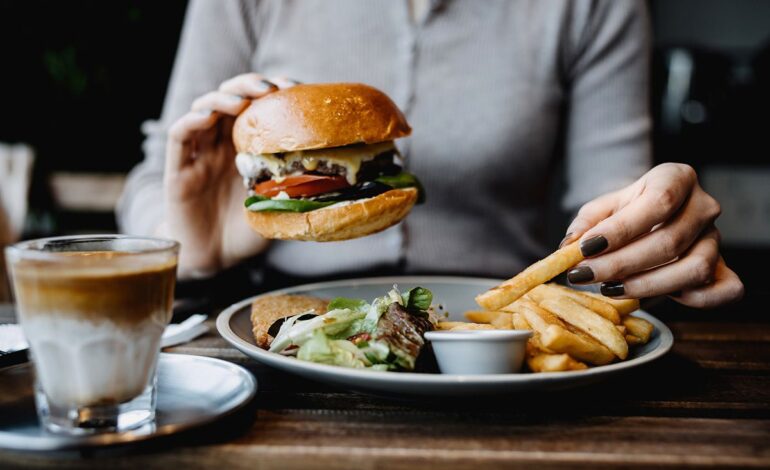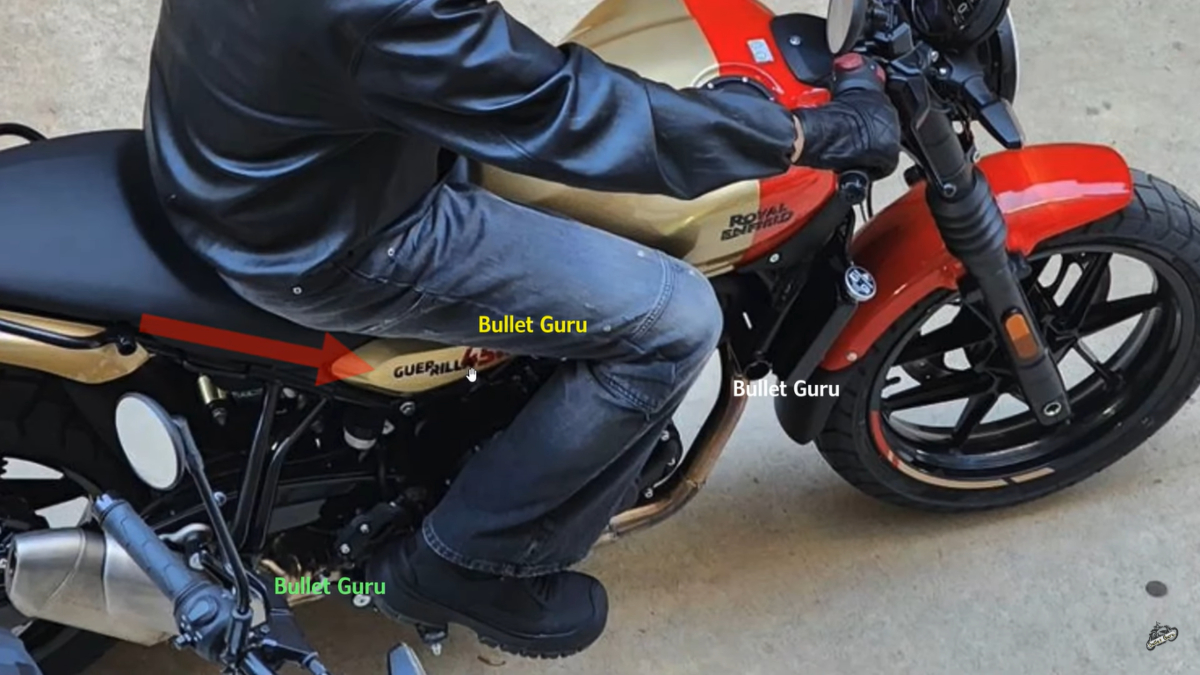posty — Jak wyświetlić nawigację w kategorii?
Mam menu nawigacyjne wyświetlane na wszystkich typach treści (stronach, postach, stronie głównej itp.) – obok kategorii. Jaki jest sposób dodania kategorii do typów treści, gdzie wyświetlana jest bułka tarta?
To jest kod nawigacyjny z mojego plikufunction.php:
function asap_breadcrumbs_pages($post,$schema)
{
if ( ! get_theme_mod('asap_hide_breadcrumb_page') && ! get_post_meta( get_the_ID(), 'hide_breadcrumbs', true ) )
{
$url_pillar_page = get_post_meta(get_the_ID() , 'single_bc_url_pillar_page', true);
$text_pillar_page = get_post_meta(get_the_ID() , 'single_bc_text_pillar_page', true);
$post_title = get_post_meta(get_the_ID() , 'single_bc_text', true) ? : get_the_title();
$label = get_theme_mod('asap_breadcrumb_text') ? : get_bloginfo('name');
if ($schema)
{
$format="<li itemprop="itemListElement" itemscope itemtype=" href="%s" title="%s" itemprop="item"><span itemprop="name">%s</span></a><meta itemprop="position" content="%s"></li>";
}
else
{
$format="<li><a href="%s" title="%s"><span>%s</span></a></li>";
}
if ($url_pillar_page && $text_pillar_page)
{
$count = 3;
}
else
{
$anc = array_map('get_post', array_reverse((array)get_post_ancestors($post)));
$count = count($anc);
$count = $count + 2;
$links = array_map('get_permalink', $anc);
}
if ($schema)
{
printf('<div role="navigation" aria-label="Breadcrumbs" class="breadcrumb-trail breadcrumbs" itemprop="breadcrumb">');
printf('<ul class="breadcrumb" itemscope itemtype="
printf('<meta name="numberOfItems" content="' . $count . '">');
printf('<meta name="itemListOrder" content="Ascending">');
printf('<li itemprop="itemListElement" itemscope itemtype=" href="%s" itemprop="item"><span itemprop="name">' . $label . '</span></a><meta itemprop="position" content="1"></li>', esc_url(home_url()));
}
else
{
printf('<div class="breadcrumb-trail breadcrumbs">');
printf('<ul class="breadcrumb">');
printf('<li><a href="%s"><span>' . $label . '</span></a></li>', esc_url(home_url()));
}
$meta = 2;
if ($url_pillar_page && $text_pillar_page)
{
printf($format, $url_pillar_page, $text_pillar_page, $text_pillar_page, $meta);
$meta = $meta + 1;
}
else
{
foreach ($anc as $i => $apost)
{
$title = get_post_meta( $apost->ID , 'single_bc_text', true);
if ( ! $title ) {
$title = apply_filters('the_title', $apost->post_title);
}
printf($format, $links[$i], esc_attr($title) , esc_html($title) , $meta);
$meta = $meta + 1;
}
}
if ($schema)
{
echo '<li itemprop="itemListElement" itemscope itemtype=" itemprop="name">' . $post_title . '</span><meta itemprop="position" content="' . $meta . '"></li>';
}
else
{
echo '<li><span>' . $post_title . '</span></li>';
}
printf('</ul>');
printf('</div>');
}
}





